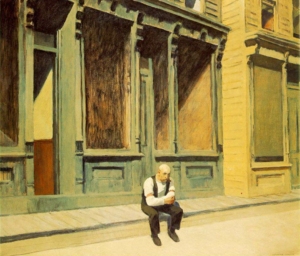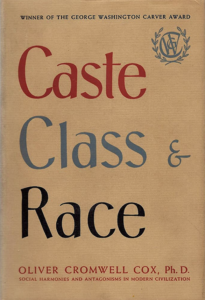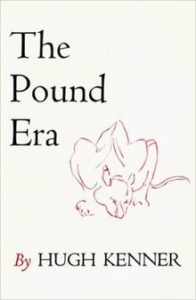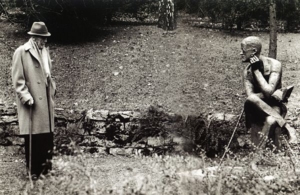
Democracy and the Working-Class: An Introduction to Reed, Macnair, and Gindin
The causes of this relatively bleak state of affairs is, as Reed and Macnair show, that at the level of civil society the dominant political institutions, parties, or NGO-like formations like BLM only allow citizens with a means of engaging in political life by assuming a standpoint reliant on confused and obfuscatory concepts which preclude an understanding of society in class terms.











